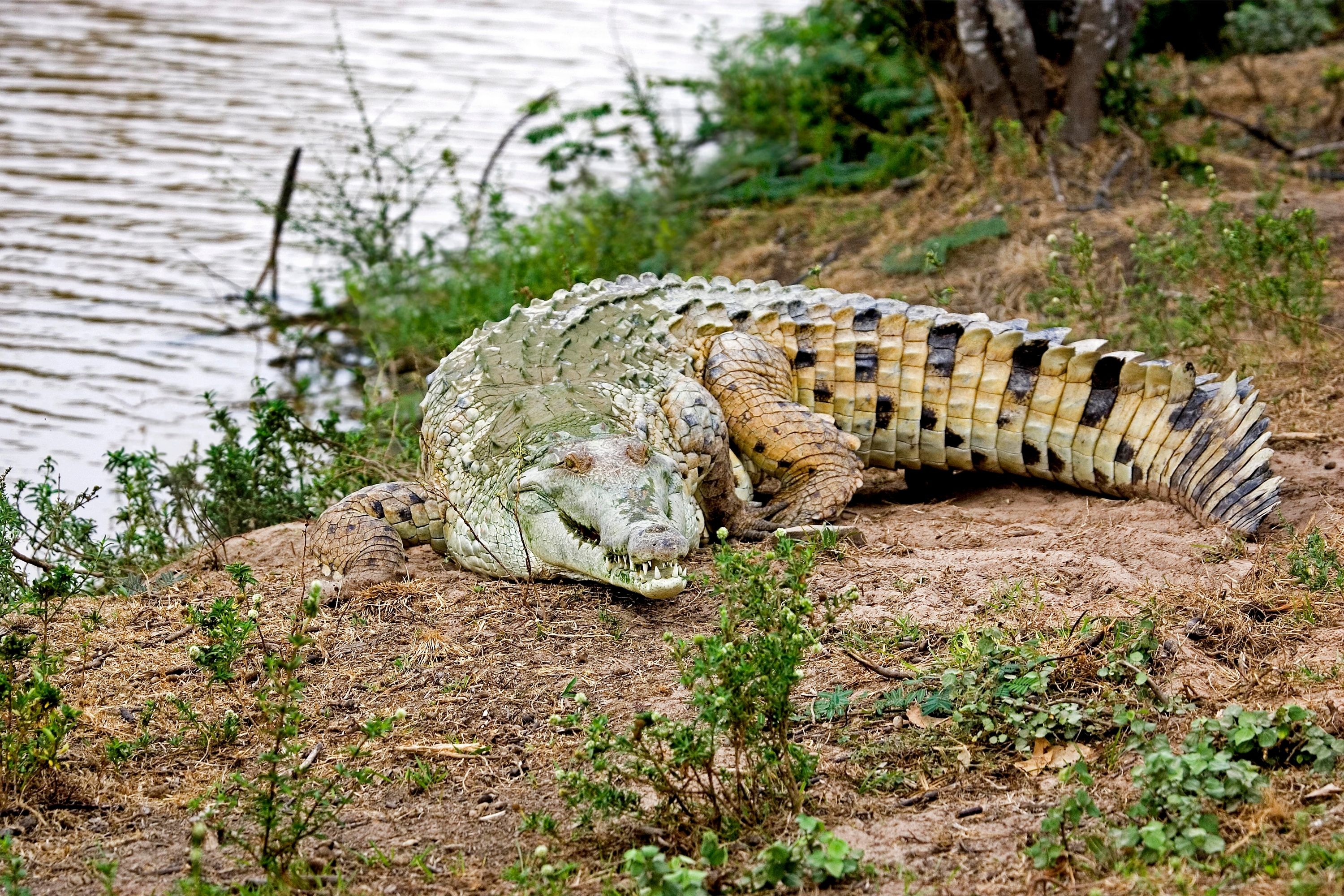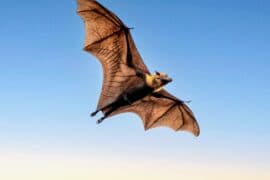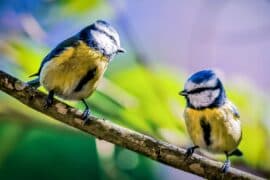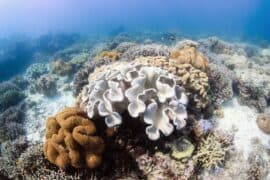Orinoco crocodile
(Crocodylus intermedius)

Description
The Orinoco crocodile (Crocodylus intermedius) is a critically endangered crocodile. Its population is very small, and they can only be found in the Orinoco river basin in Colombia and Venezuela. Extensively hunted for their skins in the 19th and 20th centuries, it is one of the most endangered species of crocodiles. It is a very large species of crocodilian; males have been reported up to 6.8 m (22 ft 4 in) in the past, but such sizes do not exist today, 5.2 m (17 ft 1 in) being a more widely accepted maximum size. A large male today may attain 4.1 m (13 ft 5 in) in length and can weigh 380 kg (840 lb), while females are substantially smaller with the largest likely to weigh around 225 kg (496 lb). Sexual dimorphism is not as profound as in other crocodilian species. The coloration is light even in adults. The biology of the Orinoco crocodile is poorly documented in the wild, mostly due its small population. It is thought to have a more piscivorous diet with an opportunistic nature, resulting in generalist predatory behavior. The Orinoco crocodile is an apex predator, and will take the opportunity to prey on a variety of birds, mammals, and reptiles, including caimans on occasion. The prey base is mostly made up of large predatory fish, challenging the general view by locals complaining about crocodiles hunting local fish to very low numbers. Despite its large size, the Orinoco crocodile rarely poses a threat to humans, despite several reports. Reproduction takes place in the dry season when the water level is lower. Orinoco crocodiles are hole nesters, just like the related Nile, freshwater, and saltwater crocodiles, and they dig holes in the sand to lay their eggs. The females guard the nests and young for several years. This species is restricted to the Orinoco river basin in Colombia and Venezuela. They have been occasionally reported on the island of Trinidad, but this has not been confirmed, and witnesses may have mistaken an American crocodile for the rarer species. This crocodile was once thought to have inhabited a wide range of riparian habitats, from tropical forests to the streams of the Andes foothills. Today, this species is restricted to the Llanos savanna and associated seasonal freshwater rivers.
Taxonomic tree:







